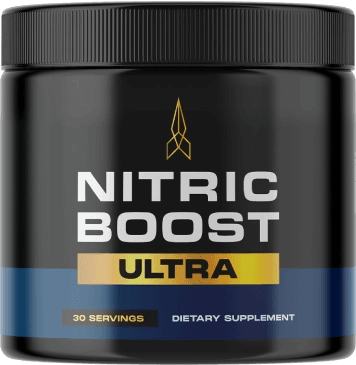Digestive issues—such as bloating, constipation, indigestion, and irritable bowel syndrome (IBS)—affect millions of people worldwide. While dietary changes are a key part of digestive health, yoga is a powerful, natural tool for improving gut function. Through gentle twists, movement, and breath control, yoga helps massage internal organs, reduce inflammation, and calm the nervous system.
This article explores how specific yoga poses and breathing techniques can boost digestion and enhance overall gut health.
🧠 The Gut-Brain Connection in Yoga
The gut and brain are closely linked through the vagus nerve—a primary channel of communication between your digestive system and your central nervous system. Yoga positively affects this pathway by:
- Reducing stress (a major trigger for digestive issues)
- Increasing parasympathetic (rest and digest) activity
- Enhancing circulation and peristalsis (muscle movement in the intestines)
🌿 How Yoga Supports Digestion
- Gentle compression and twists stimulate the digestive organs.
- Core engagement improves abdominal strength and organ support.
- Mindful breathing increases oxygenation and reduces anxiety.
- Relaxation helps the body shift from “fight or flight” to “rest and digest” mode.
🧘♂️ Best Yoga Poses for Digestion
Try these poses daily, ideally 1–2 hours after a meal:
1. Seated Spinal Twist (Ardha Matsyendrasana)
Benefits: Stimulates liver and kidneys, supports elimination
- Sit with legs extended, bend one knee over the opposite thigh.
- Inhale: Lengthen the spine; Exhale: Twist toward bent knee.
- Hold 30 seconds per side.
2. Supine Twist (Supta Matsyendrasana)
Benefits: Encourages bowel movement, relieves bloating
- Lie on your back, hug one knee in, and twist to the opposite side.
- Breathe deeply and relax.
3. Wind-Relieving Pose (Apanasana)
Benefits: Releases gas, soothes lower belly
- Hug both knees to the chest lying down.
- Gently rock side to side to massage the colon.
4. Cat-Cow Stretch (Marjaryasana-Bitilasana)
Benefits: Stimulates digestion through spinal flexion
- On all fours, inhale to arch your back (cow), exhale to round (cat).
- Continue for 10–15 rounds.
5. Cobra Pose (Bhujangasana)
Benefits: Strengthens the abdominal region and supports the digestive tract
- Lie on your stomach and press into hands to lift chest slightly.
- Keep elbows bent and breathe deeply.
6. Child’s Pose (Balasana)
Benefits: Eases bloating and indigestion
- Sit back on heels, fold forward, arms extended or by your sides.
- Focus on slow belly breathing.
🌬️ Breathing Techniques for Gut Health
Breathwork (pranayama) has profound digestive benefits:
1. Dirga Pranayama (Three-Part Breath)
- Inhale: Fill belly, then ribs, then chest
- Exhale slowly in reverse
- Calms the nervous system and reduces inflammation
2. Nadi Shodhana (Alternate Nostril Breathing)
- Balances energy channels and relieves stress
- Enhances vagus nerve tone and supports gut regulation
🕯️ Yogic Lifestyle Tips for Digestion
- Eat mindfully: Chew thoroughly, avoid distractions, and eat in a calm environment.
- Practice after meals: Wait 1–2 hours, then try gentle poses.
- Drink warm water: Helps flush toxins and support metabolism.
- Follow a routine: A consistent yoga schedule trains your digestive system to function better.
✅ Final Thoughts
Yoga is more than a physical workout—it’s a digestive ally that works on multiple levels: structural, physiological, and emotional. By incorporating gentle movement, twists, and deep breathing, you’ll not only feel better in your belly but also cultivate more inner peace.




